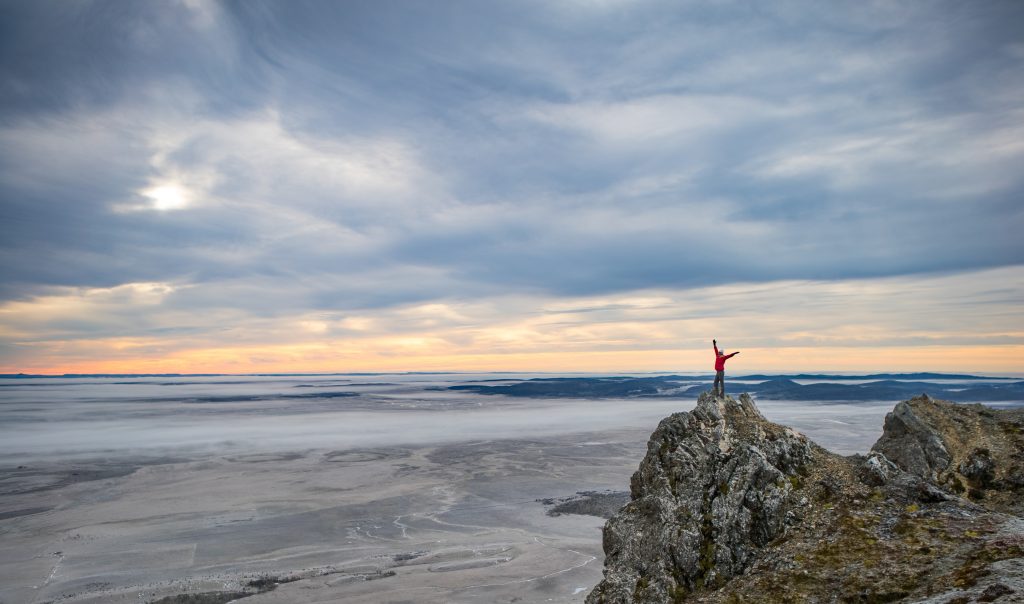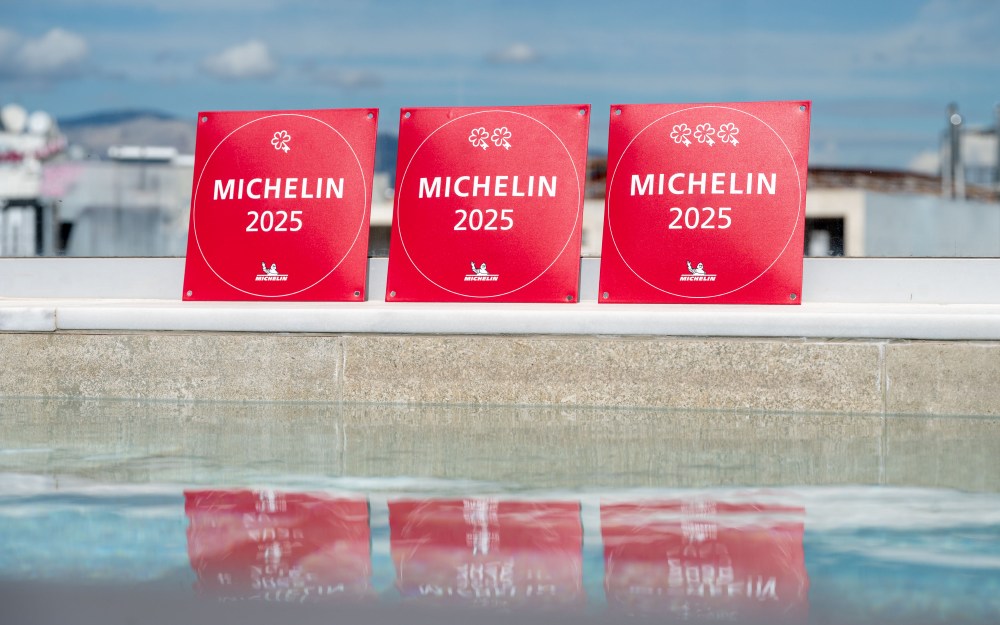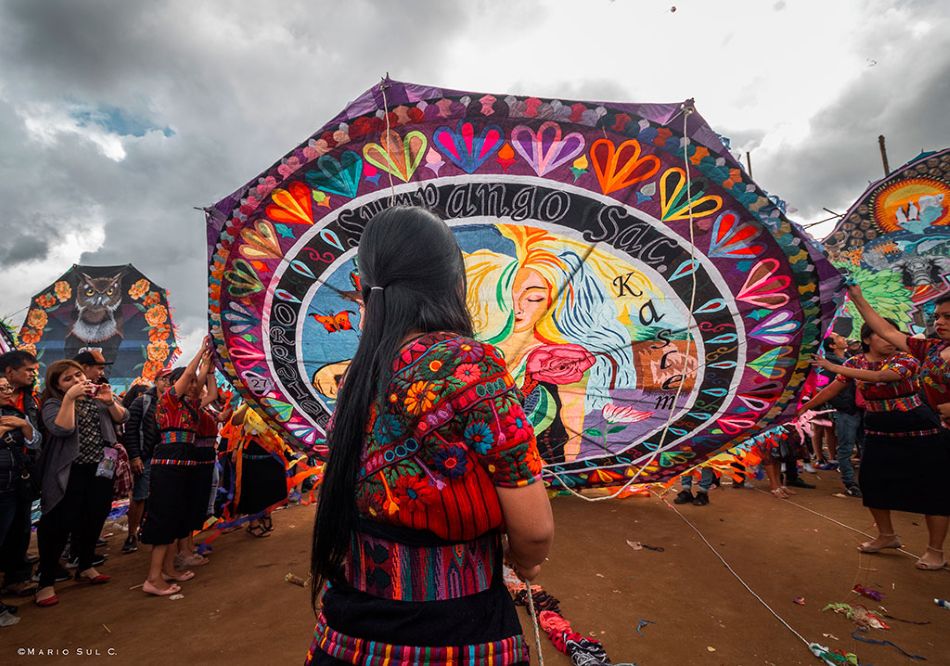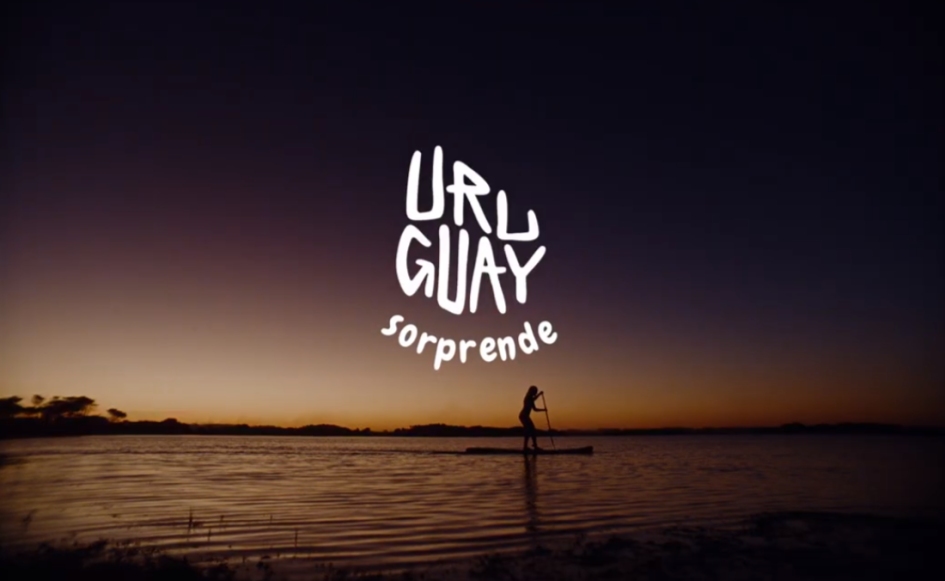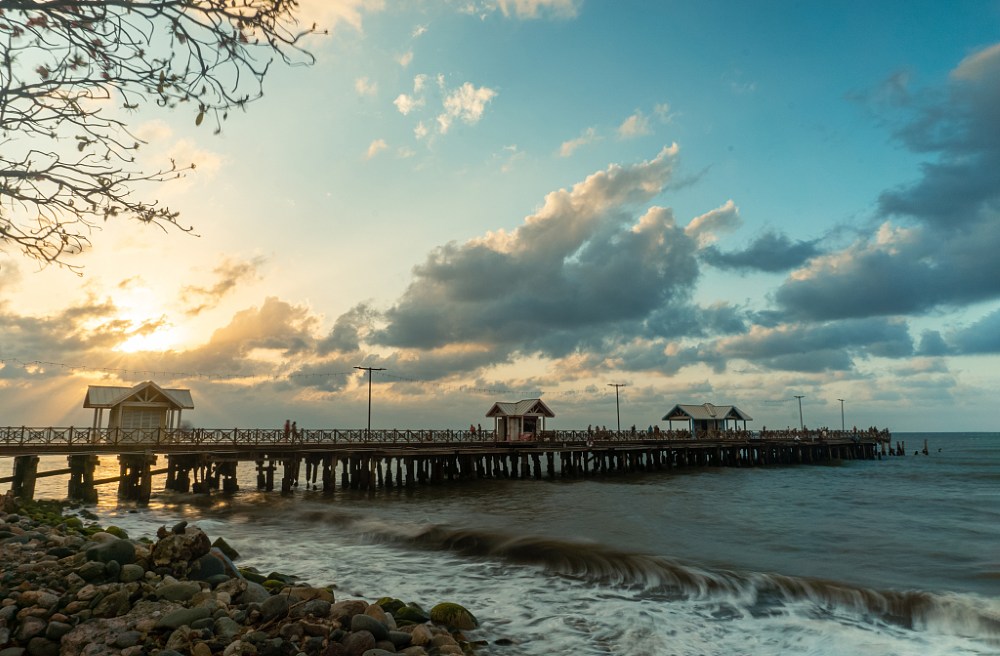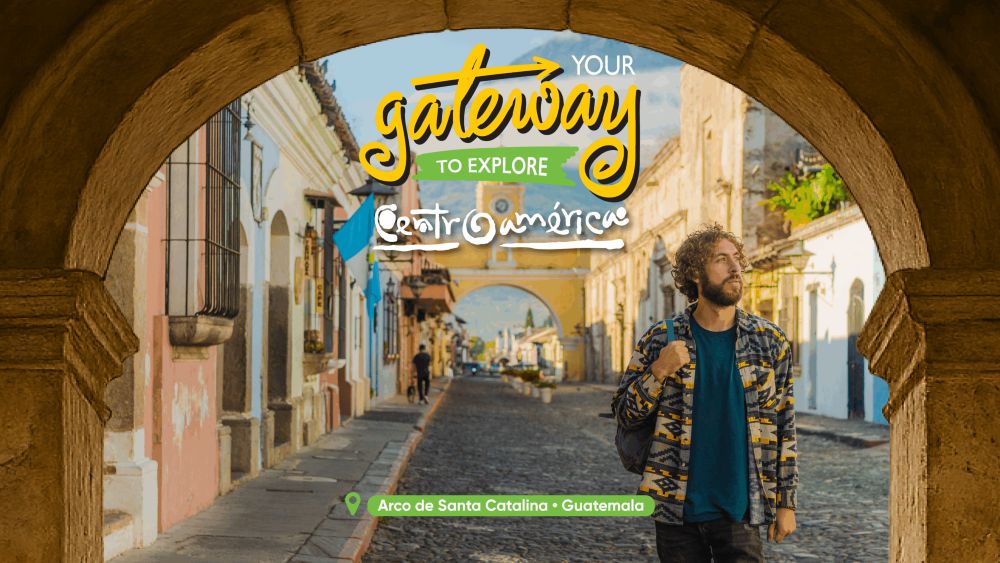Glaciers, secret parks, virgin territories, scientific tourism, kayaking, mountaineering, trekking and a part of human history are part of the mystical, majestic and surprising experience that Tierra del Fuego offers.
Tierra del Fuego, South America’s largest island, waits silently at the end of the continent, rich in stories that embrace an imaginary timeline from the Holocene, with traces of early settlement by hunter-gatherers, to the modern era represented by the pioneers, men eager for wealth. The urban legend of the immigrants who, when they saw the horizon on a clear day, saw the sky in flames is well known, an image that still captivates the visitor today. Its first inhabitants, the Selk’nam, called it Karukinka, which means “Our Land”.
Conventional tourism in Tierra del Fuego is characterised by a day trip to Porvenir, the Selk’nam square, the museum and the Royal Penguin Park. However, there is a very attractive new offer, the Parque Estromatolitos, a natural lagoon with the necessary infrastructure to be visited and where it is possible to discover the life of cyanobacteria, the first living being in the world, which is only found in 11 areas of the planet (Chile has five).
“In collaboration with the regional government, we are carrying out various actions in Tierra del Fuego with the aim of raising awareness and responsibly positioning this emerging destination, which has enormous potential in terms of special interest tourism, landscape and ecosystem conservation, flora, fauna and landscape enhancement, and the promotion of local culture and identity”, explains Natalia Narbona Ramirez, Sernatur’s regional director for the Magallanes and Chilean Antarctic regions.
In recent years, special interest tourism has gained importance in Magallanes, as it caters to a specific audience looking for diverse and exclusive experiences. “Sport fishing is a very strong niche in Tierra del Fuego, especially in Rio Grande, which was born in Karukinka Park. We also have scientific tourism, with the erratic boulders (granite fragments) installed in Bahía Inútil, where it is estimated that there are about a thousand boulders, some of which measure up to 16 square metres. Another must-see attraction is a visit to the glaciers of the Cordillera Darwin and, of course, the possibilities of kayaking, mountaineering or trekking”, explains Marcelo Noria, President of the Tierra del Fuego Guides Association and researcher at the Tourism Unit of the University of Magallanes.
Touring Tierra del Fuego
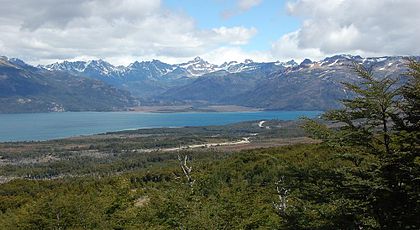
The Bahía Inútil (useless bay), the name given at the time of the navigators in search of new ports, is the nesting place of the royal penguin. Continuing the journey through Tierra del Fuego, we arrive at the Russfin sector, where we can discover a bucket dredge, an ancient machine designed for gold extraction and brought from England in 1904, declared a National Monument in 1976.
Continuing the journey to the forests of the south of the island, we reach the sacred place of the Selk’nam, Lake Kami, called “Lago Fagnano”.
“Southern Tierra del Fuego has a lot to offer in terms of special interest tourism: there are rivers and lakes for sport fishing, trekking to discover new mountains or sailing to enjoy the attractions of the Almirantazgo Strait, such as elephant seal colonies, black-browed albatrosses, leopard seals and fjords such as Parry and Aonsworth”, explains Yenny Oyarzo, president of the Timaukel Tourism Chamber in Tierra del Fuego.
Karukinka Park
Karukinka is a unique place in the world that works to develop the conservation of the landscapes and coasts of Tierra del Fuego and Patagonia. To this end, strategies have been designed to address the threats to the ecosystems, implementing concrete conservation and ecological restoration actions. It is a natural laboratory that offers spaces to coexist with nature, to study it, to learn from it, to act to care for it and to inspire others to engage in these actions.
In Karukinka, the sky is a paradise for mandora ibises, black-necked swans, black woodpeckers (the largest in South America), magellanic conures, merulaxes, cormorants, black-browed albatrosses or condors. Its coasts are inhabited by otters, leopard seals, Commerson’s dolphins, sea lions and southern elephant seals. More than 415 vascular plants are part of the lush vegetation landscape where Magellanic foxes and guanacos roam.
“In the southern part of Tierra del Fuego, you can experience low-scale, low-impact tourism. Although tourism development has been slow, that’s the way it should be and that’s what we want so there’s not too much intervention. All of us who do tourism in the region want Tierra del Fuego to remain as it is, untouched, and for nature to be preserved. Also, as custodians of Karukinka Park, which is the ancestral territory of the Selk’nam people, we have a very deep commitment that goes beyond tourism,” says Melissa Carmody, Karukinka Park Director.
The Selk’nam people
The Selk’nam people, also known as the Ona, were hunter-gatherers who arrived on the island several thousand years ago. Despite the harsh climatic conditions and the relative scarcity of the island’s natural resources, Selk’nam society developed a complex system of religious beliefs and rituals that were admired by European travellers who visited Tierra del Fuego. Selk’nam society was organised into lineages that inhabited common hunting and gathering territories, called haruwen.
“As a representative of the Selk’nam people, I can testify to the willingness of the Covadonga Ona community to dialogue and share knowledge, so that our people and our culture can be known with respect” says Hema’ny Molina, a member of the Covadonga Ona indigenous community, president of the Selk’nam Chile Corporation and director of research and environmental protection at the Hach Saye Foundation.
Such is Tierra del Fuego: mysterious but attractive, majestic and seductive at the same time. In short, a natural, cultural and mystical experience to be had at least once in your life.
Source: Sernatur

